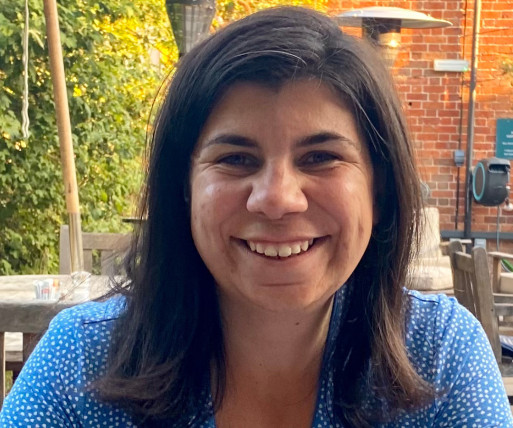Would ketamine treatment help if you didn't know you got it?
NPR - Mental Health
APRIL 8, 2025
What if you could get all the potential benefits of ketamine without the "trip"? For part two of our series on psychedelics, we look at how some researchers are trying to disentangle the "trip" from the drugs' effects on the brain and why the answer could help direct the future of psychedelic research. (Spoiler alert: People generally know if they're tripping or not.
























Let's personalize your content